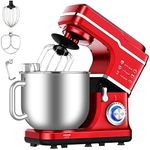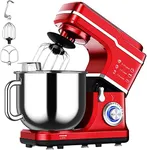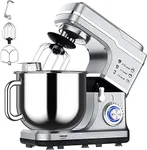Buying Guide for the Best Kitchenaid Stand Mixers
Choosing the right KitchenAid stand mixer can be a game-changer for your kitchen, making baking and cooking tasks much easier and more enjoyable. To find the best fit for you, it's important to understand the key specifications and how they align with your needs. Here are the main specs to consider when selecting a KitchenAid stand mixer.Motor PowerMotor power, measured in watts, determines how much force the mixer can exert. This is important because a more powerful motor can handle tougher doughs and larger batches without straining. Mixers typically range from 250 to 500 watts. For occasional baking and lighter tasks, a lower wattage (250-350 watts) is sufficient. If you frequently bake bread or large quantities, opt for a higher wattage (400-500 watts) to ensure the mixer can handle the workload.
Bowl SizeThe bowl size, measured in quarts, indicates how much mixture the mixer can hold. This is crucial for determining the volume of ingredients you can mix at once. Bowls usually range from 3.5 to 7 quarts. For small batches or occasional use, a smaller bowl (3.5-4.5 quarts) is adequate. If you often bake in large quantities or prepare multiple batches, a larger bowl (5-7 quarts) will be more convenient and efficient.
Speed SettingsSpeed settings allow you to control how fast the mixer operates, which is important for achieving the right consistency for different recipes. Most mixers offer 10 speeds, ranging from a slow stir to a fast whip. For general use, having a range of speeds is beneficial as it provides versatility. If you plan to use the mixer for a variety of tasks, ensure it has multiple speed settings to accommodate everything from gentle mixing to vigorous whipping.
Attachments and AccessoriesAttachments and accessories expand the functionality of your mixer, allowing you to perform tasks like kneading dough, grinding meat, or making pasta. Common attachments include dough hooks, flat beaters, and wire whips. Consider what tasks you plan to use the mixer for and choose a model that includes or is compatible with the necessary attachments. If you enjoy experimenting with different recipes, having a variety of attachments can be very useful.
Build Quality and DurabilityBuild quality and durability refer to how well the mixer is constructed and how long it will last. This is important because a well-built mixer will withstand frequent use and last for many years. Look for mixers made with high-quality materials like metal rather than plastic. If you plan to use the mixer regularly, investing in a durable model will save you money and hassle in the long run.
Ease of CleaningEase of cleaning is about how simple it is to clean the mixer and its components after use. This is important for maintaining hygiene and ensuring the mixer is ready for the next use. Mixers with dishwasher-safe parts and smooth surfaces are easier to clean. If you prefer convenience and want to minimize cleanup time, look for models with easy-to-clean features.
Size and WeightSize and weight determine how much space the mixer will take up on your countertop and how easy it is to move. This is important for ensuring the mixer fits in your kitchen and can be stored when not in use. Larger, heavier mixers are more stable but can be cumbersome to move. If you have limited counter space or plan to store the mixer away when not in use, consider a more compact and lightweight model.
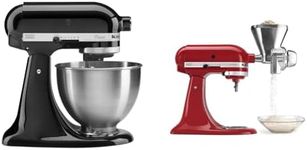
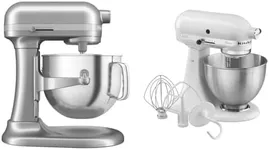
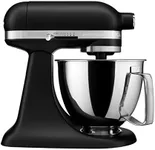
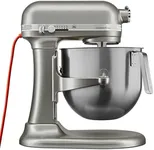
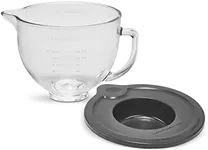



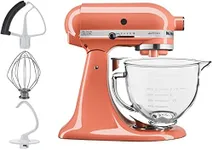

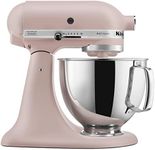
![Neretva Stand Mixer, [6.34QT& 6-Speed& 400W] Mixers Kitchen Electric Stand Mixer Lightweight& Large Capacity& LED Display Kitchen Mixer with Whisk, Flat Beater, Dough Hook](https://images-proxy.bestreviews.guide/VJp5amPaXv9odXXSeMXDSG4zmXs=/0x150/https://m.media-amazon.com/images/I/41JFDt5R6QL._AC_CX679_.jpg)
